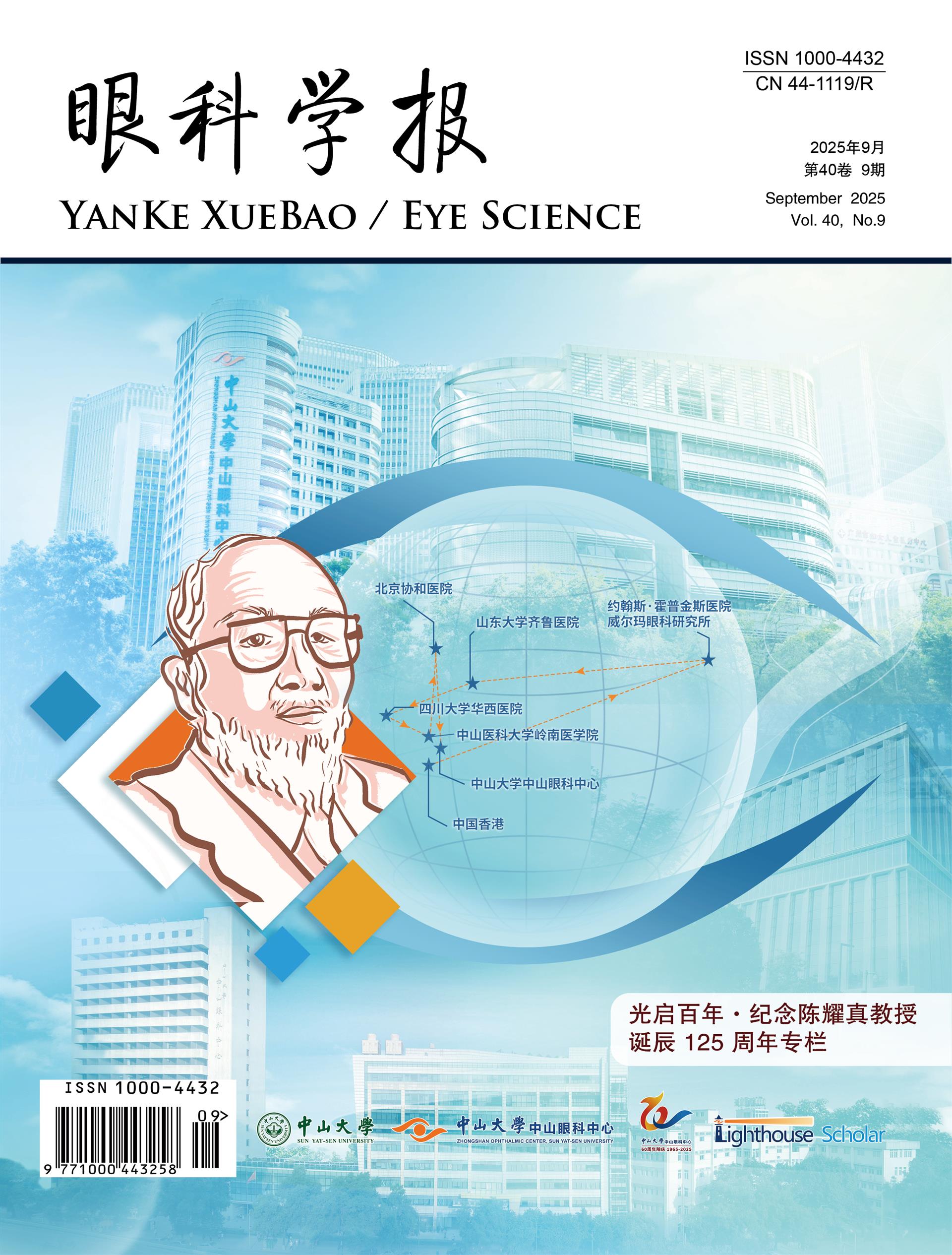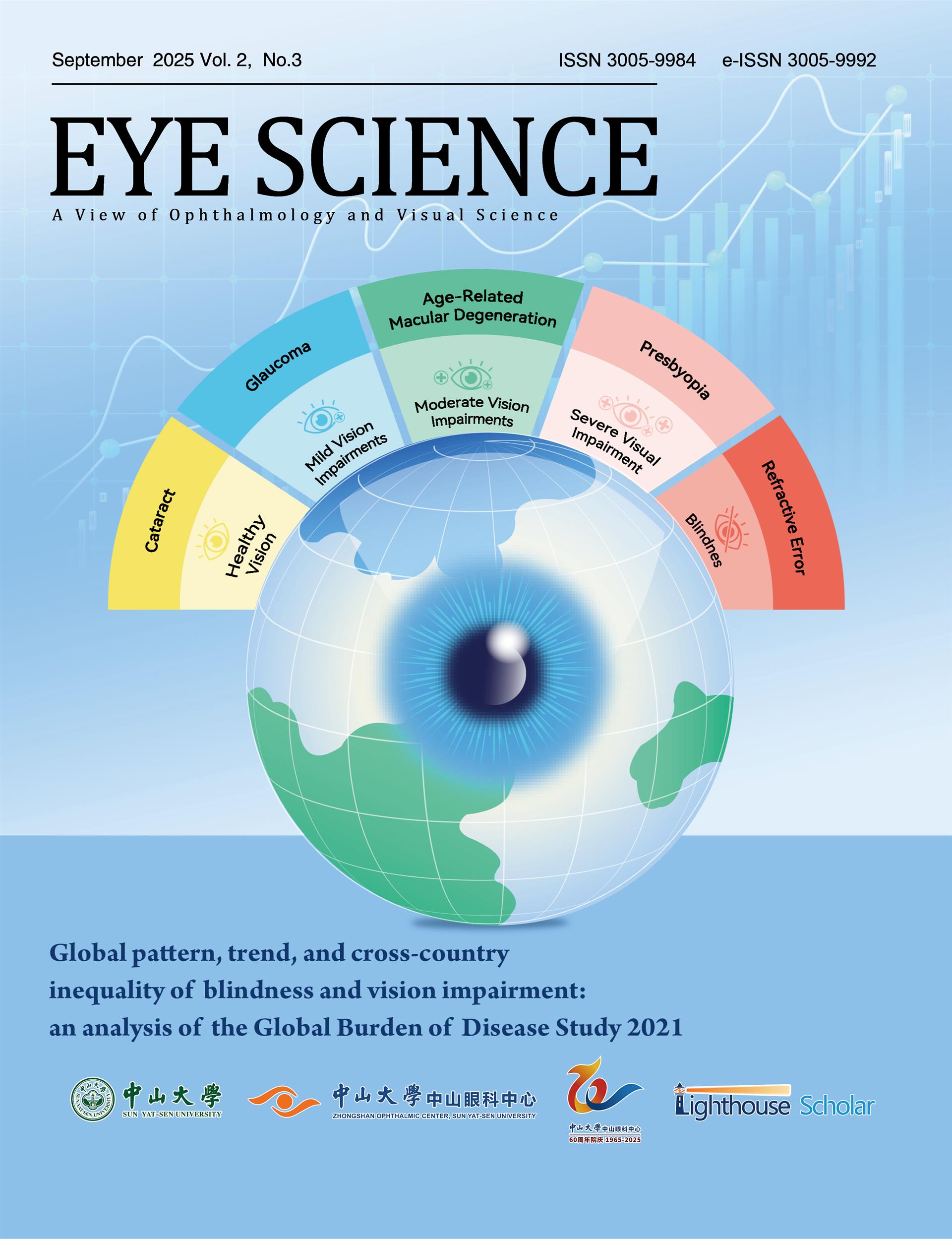Aims: Divided nevus of the eyelid is a congenital pigmented nevus that impacts eyelid function and aesthetics. While surgical excision and laser ablation are current treatment options, they have limitations when dealing with large lesions. This study aims to investigate the efficacy and safety of carbon dioxide (CO2) laser excision treatment for divided nevus of the eyelid. Methods: This retrospective study included 10 patients (5 males, 5 females) with a mean age of 23.7 years (9-54 years). All underwent CO2 laser excision and were followed up for 12 months. Treatment outcomes were assessed through clearance and recurrence rates, evaluated using digital photography. Postoperative complications were closely monitored throughout the 12-month follow-up period. Patient satisfaction was assessed using a comprehensive questionnaire. Results:All patients presented with unilateral divided nevus of the eyelid, with lesion diameters ranging from 25 to 50 mm and heights ranging from 0.3 to 6 mm (mean: 3.93 mm). Patients received between 1 and 5 laser treatment sessions. At the 12-month follow-up, a 100% clearance rate was achieved, with no recurrence observed in any patient. All patients maintained a continuous eyelid margin with acceptable irregularity. Complications were minimal, with partial eyelash loss in 8 patients, hyperpigmentation in 2 patients, and mild upper eyelid trichiasis in 1 patient. No severe complications, such as ectropion, eyelid margin notching, corneal erosion, or significant scar hypertrophy, were reported. All patients expressed being "very satisfied" with the functional and cosmetic outcomes in a questionnaire. Conclusions: CO2 laser excision offers a simple, precise, and effective treatment approach for divided nevus of the eyelid. This innovative technique simplifies the treatment process, achieves excellent cosmetic outcomes, and eliminates the need for skin grafting, making it a promising option for the management of large divided nevus.

















